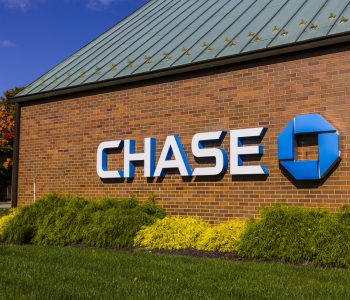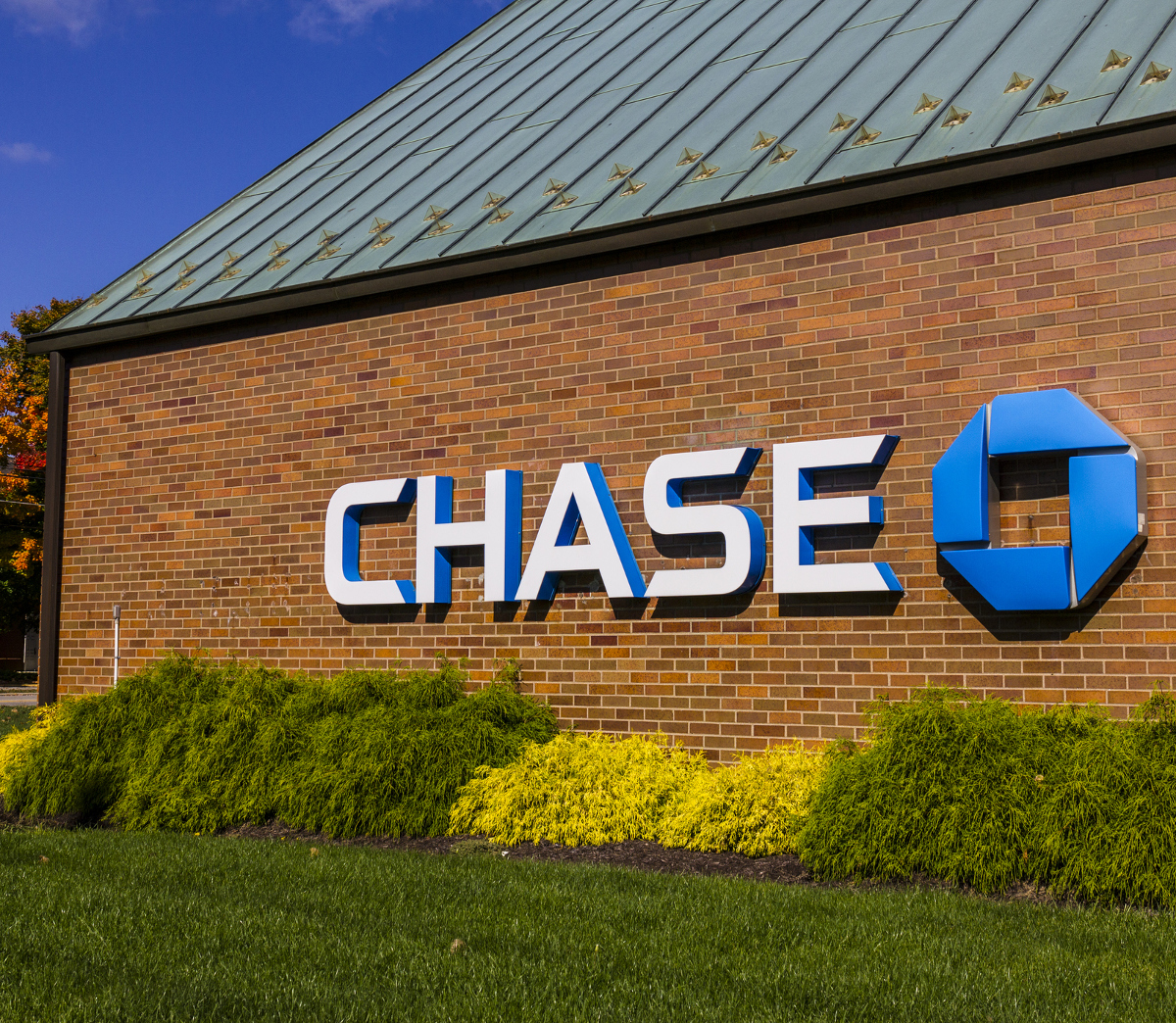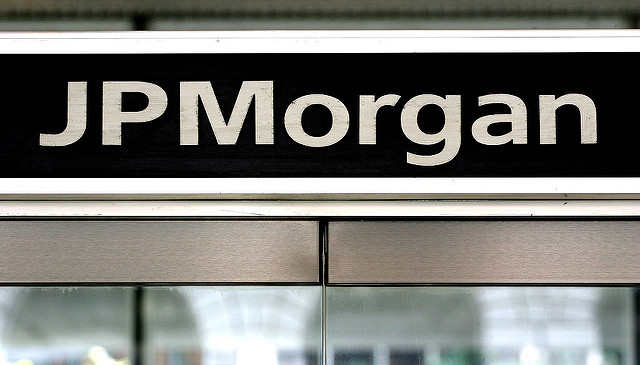JPMorgan Chase & Co.: Is Now the Time to Consider JPM Stock?

Is There Upside Ahead for JPM Stock?
A $10,000 investment five years ago in JPMorgan Chase & Co. (NYSE:JPM) would be worth $29,669 today. With this upside in hindsight, is now the time to view JPM stock as one to own or is it best to stay on the sidelines?
JPM stock is one of the largest money center banks in the U.S. based on its assets that are managed within the business. There are many different areas through which the business generates its revenue, such as consumer and commercial banking, credit card and automotive financing services, wealth management, and investing banking services. Knowing the business is actually going to help answer whether an investment in JPM stock is appropriate at this time.
Bullish Outlook
Every division within the bank is based on two factors, the first being the amount of deals and assets that are being managed. The second is the impact of interest rates that are set and determined by the U.S. Federal Reserve. Let’s take a look at how divisions are performing and see how it would impact you positively from an investor’s perspective.
From the second quarter of 2016 to the second quarter of 2017, the average mortgage loan has gone from $231.4 billion to $234.50 billion. This results in more customers staying with the bank longer and continuing to pay interest to JPM.
Also, since the customer has a mortgage, they may look to other bank services and products. This happens to be the case with investment assets growing from $224.7 billion to $253.0 billion; again in the second quarter of 2017 compared to 2016. The result is more of a fee being accounted for since it is based on the assets that are being managed. Therefore, the first factor that shareholders look at is quite bullish on an upward trend. (Source: “Financial Results,” JPMorgan Chase & Co., July 14, 2017.)
No matter the product within JPM, interest rates impact every investment, saving, and credit product in some way. When interest rates are decreasing, it is seen as a negative because there is a compression on margins. In a rising rate environment, JPM stock sees expanding margins. The reason being that when there is money put into a savings account, the same money is lent out to another customer in the form of a loan. The interest rate that is paid on the loan of the customer is higher than the one that the saver gets. This difference in interest rates is known as the net interest margins.
The reason why a rising rate environment is better for JPM stock is because more savers are encouraged to deposit more money into the bank with a higher return for the customer over time. JPM ensures that there is a safety net of capital within the bank that is not used just in case savers wanted to withdraw some of their funds.
Presently, JPM stock is in an environment that is seeing higher interest rates. Over the past year, there have been three interest rate hikes and no interest rate cuts; this is very bullish for JPM stock. When an interest rate hike occurs, JPM stock sees an improving net interest margin, which is great for the top and bottom lines. This move by the U.S. Federal Reserve also shows confidence in the U.S. economy; this could result in more interest rate hikes coming in the near future. This could result in JPM continuing to see positive returns as it has over the past five years. (Source: “United States Fed Funds Rate,” Trading Economics, last accessed August 8, 2017.)
Also Read:
7 Companies Set to Pay a Special Dividend in 2017
5 Top Dividend Growth Stocks for 2017
Bottom Line on JPM stock
If an ownership stake is owned due to the bullish outlook, the return would be based on stock price gains. However JPM stock rewards its investors with a growing dividend, which has seen growth for the past six years. Also, there have been times that multiple dividend hikes occurred in a given year. This move shows investors that the management team is rewarding shareholders for their time and returning as much capital as possible.
Presently, JPMorgan stock is yielding 2.13% and this is based on the trading price of $94.09.












